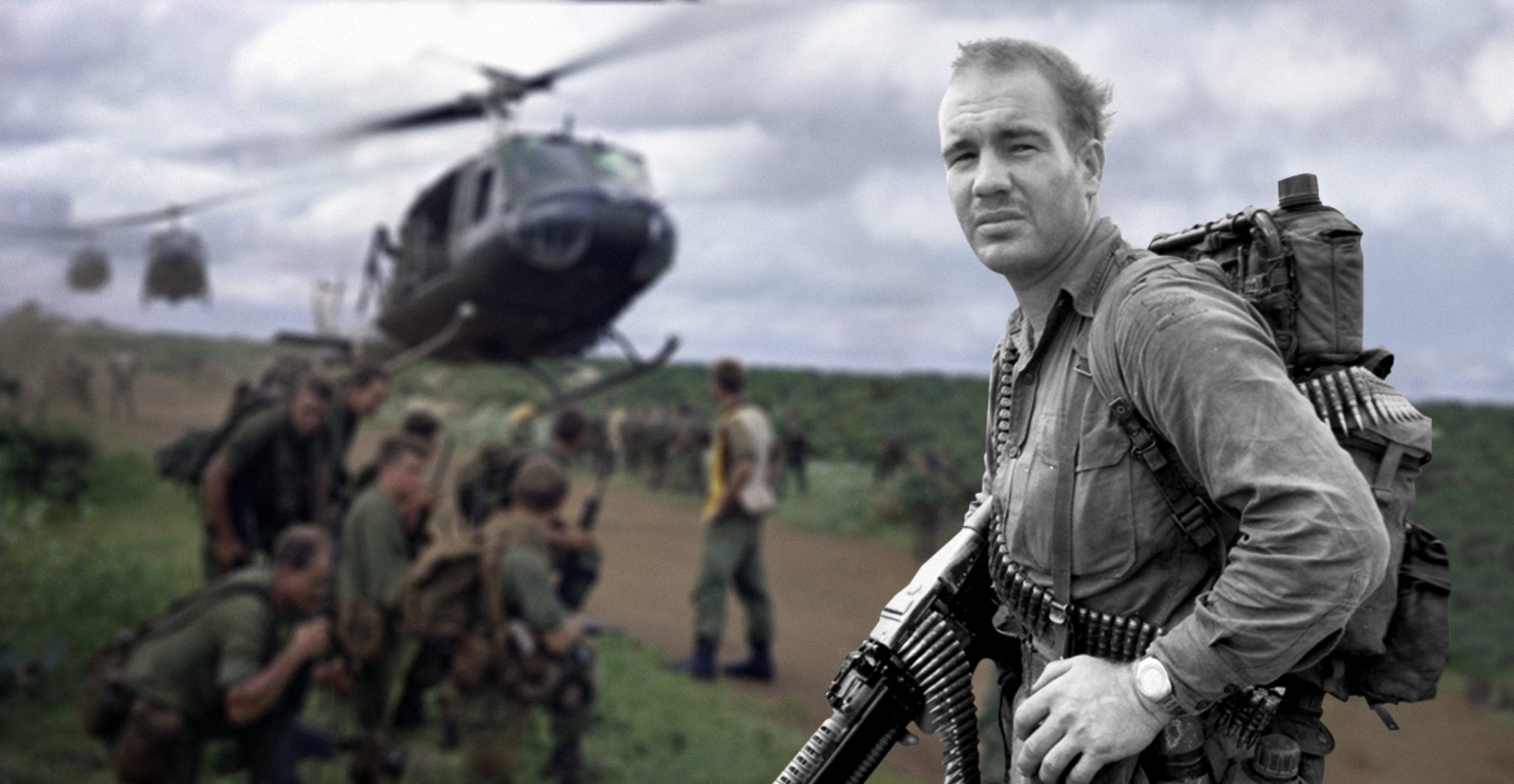There is indeed strength in numbers, but sometimes what matters is not the size of a group but its will and ingenuity. Sometimes, experience is what matters most, especially in the context of war.
While America was knee-deep in the Vietnam War, it was not the only country that “helped” during the conflict. Australia’s Armed Forces made a significant contribution as well, most notably at the Battle of Long Tan.
Australia’s Royal Australian Regiments (RAR) had fought in Malaya, defending the Commonwealth, between 1948 and 1960. They knew the challenges of fighting on jungle terrain. They wanted to take that knowledge and apply it to tactics used on battlefields in Vietnam.
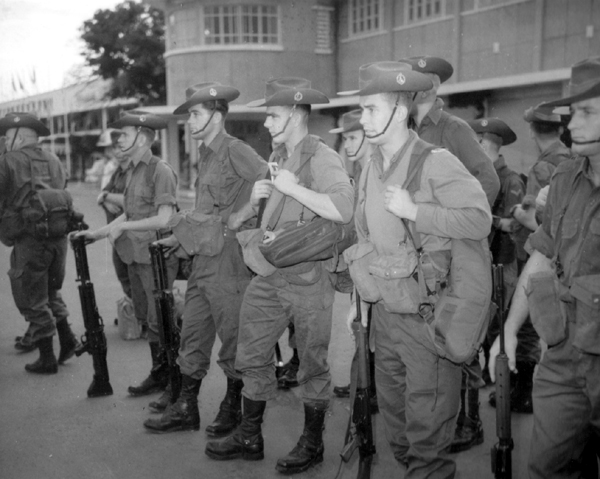
But America was determined to win Vietnam as it had won other wars: by committing enough troops, for as long as it takes, until the enemy ultimately surrenders. That was the ruling military philosophy in the States in those days. But the Australians approached it differently, emphasizing strategy over troop size.
And the Battle of Long Tan proved the RAR thinking was right. During that battle, the Australians lost fewer than 20 men while the North Vietnamese Army (NVA) and the Viet Cong (VC) lost hundreds.
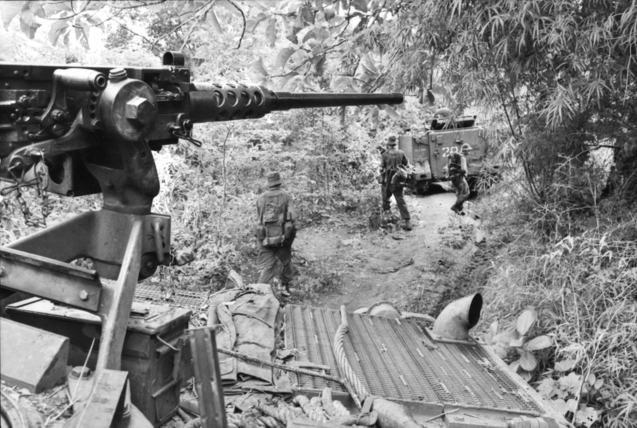
The number of troops in the battle differed profoundly, too. The combined forces of the VC And NVC reached perhaps 2,500, (it’s impossible to know for sure,) while the Australians sent just 108 men to fight. The RARs were obviously outnumbered, but they were not outsmarted.
Since the RARs wanted a more arms-length relationship with the U.S. Forces, they set up camp in the province of Phuc Tuy, and established a base camp at Nui Dat, in June, 1966. The unit had been set up for just three months when the Viet Cong staged a surprise attack. Chaos ensued, but the Australians had taken a few clever steps to outwit the VC, even on their own turf.
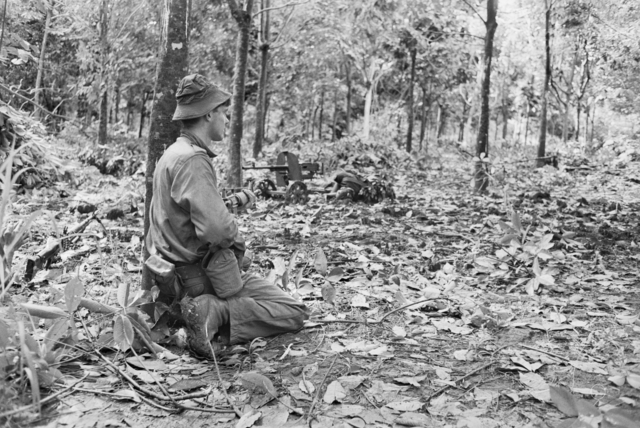
The RARs had evacuated all locals, which meant that any Vietnamese in the area had to be VC. While the NVA were traditional, professional soldiers easily identified by their uniforms, the VC were guerrilla soldiers who wore no identifying garb.
They came from all over Vietnam with one thing in common: they sympathized with the Communist beliefs held by the North. These soldiers knew how to fight on their home turf, which was the hot, wet, and tough terrain that seemed to continually defeat American soldiers.
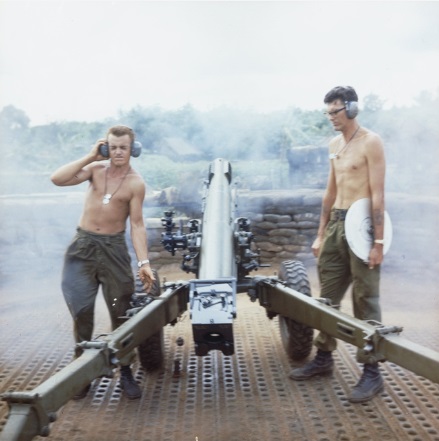
When the VC attacked, the RARs returned fire but were ill-equipped to stage a full assault. Suddenly, the VC halted, and the Australians realized they had begun to retreat. The respite did not last long since the VC were merely regrouping, readying themselves for another onslaught.
At first, the RARs weren’t clear who they were fighting – VC, NVA, or both? Soon, however, they were once again under heavy artillery fire. The situation became increasingly difficult when monsoon rains reduced visibility to almost nil. The Australians battled back, unaware that both the NVA and the VC were encircling the base, preparing to attack from all sides. The RARs had to act quickly, or risk being wiped out.
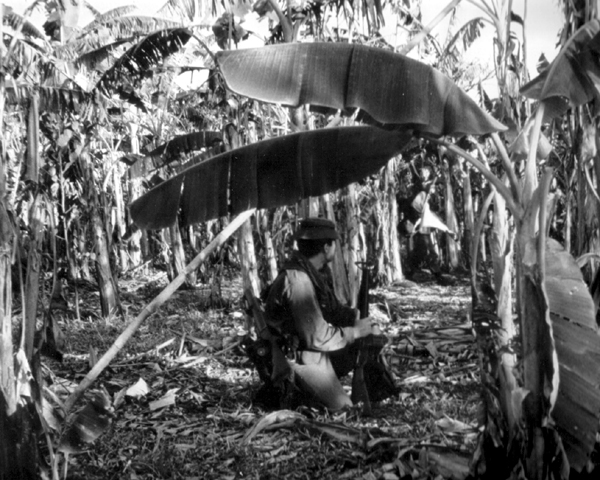
They sent smoke out to mark their location, bu were running out of supplies and ammunition. Finally, the troops regrouped, crossed a large creek and hit back at the enemy in a surprise attack.
A critical juncture of the battle came when reinforcements arrived. The Australians began evacuating the injured and dead while simultaneously forming a defense line to prepare for any imminent enemy attack. It was not until the following day, while they were clearing the battlefield of enemy soldiers, that the men realized they had achieved a decisive victory.
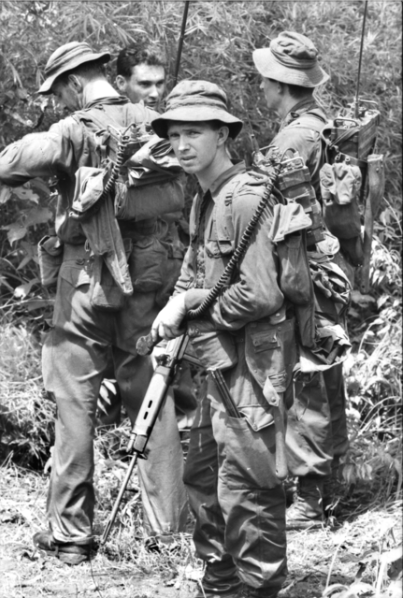
The operation concluded on August 21. It was a huge victory for the RARs, and proof that their approach to battle on this difficult ground worked. Thanks to their ingenuity and heavy artillery, they not only beat back the VC and NVA, but also stopped them from getting a fresh foothold in the region.
Any soldier lost in battle is a defeat in certain respects, but the Australian losses could have been far worse. The RARs lost 18 men during the Battle of Long Tan, and 24 more were wounded. In contrast, the VC and NVA lost hundreds.
Read another story from us: TeT Offensive – Nightmare for Hue City
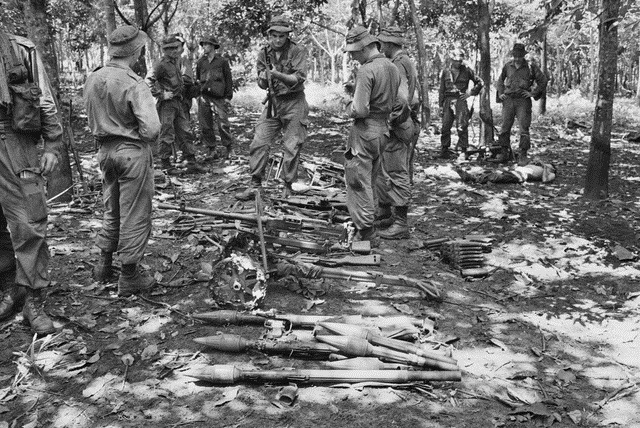
Because of the Army’s system of award giving, it took decades for the men to be recognized for their extraordinary performance during the Battle of Long Tan. But finally, in 2011, six RARs were belatedly awarded Citations for Gallantry.
